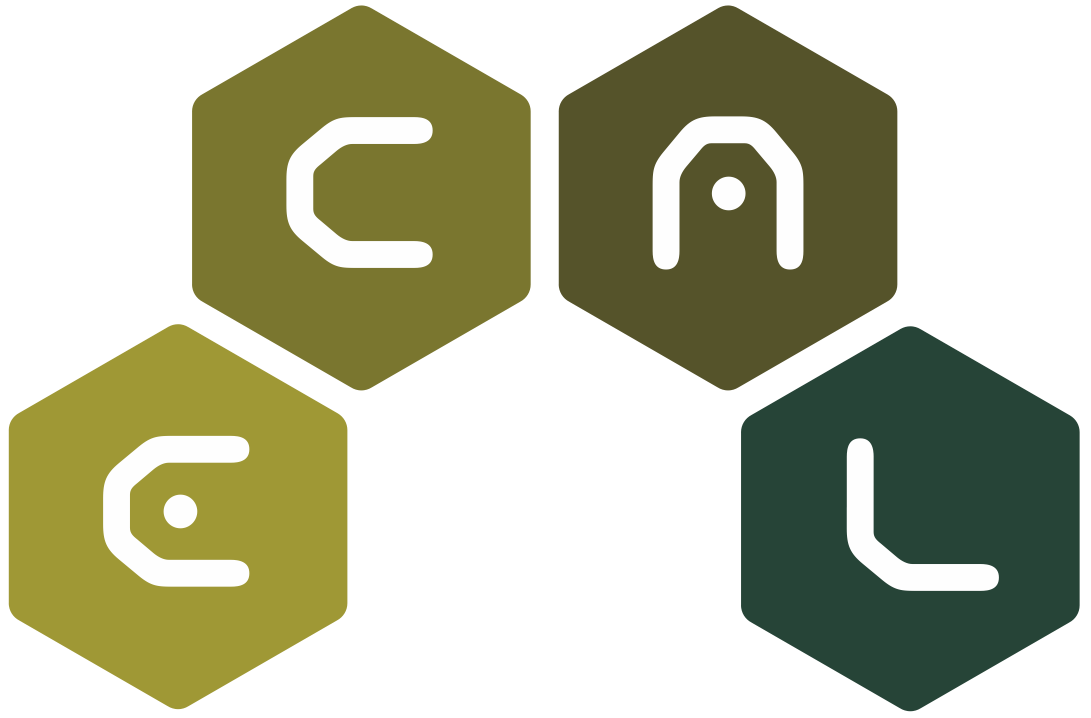Title
Morphogenesis and Replication of Multi-Cellular Organisms with Evolved Variable Length Self-Modifying Genomes

Morphogenesis and Replication of Multi-Cellular Organisms with Evolved Variable Length Self-Modifying Genomes
Download via this paper's page on the MIT Press ECAL 2015 Proceedings website.
The genomes of biological organisms are not fixed in size. They evolved and diverged into different species acquiring new genes, thus having different lengths. In a way, biological genomes are the result of a self-assembly process where parent’s genes sometimes are not only copied to offspring but are also duplicated. There is scientific evidence that all species have evolved and diverged from a common ancestor, i.e. last universal ancestor (LUA), and the mechanisms of gene duplication played an important role for genetic novelty and evolutionary innovation. This complexification process is a plausible explanation of how efficient and robust genomes have evolved. Morphogenesis is a result of the inherent scalability of biological genomes. In the artificial domain, evolutionary morphogenetic systems often have static size genomes, e.g. chosen beforehand by the system designer by trial and error or estimated a priori with complicated heuristics. As such, the maximum evolvable complexity is predetermined. This is in contrast with open-ended evolution in nature.
Previous work (Nichele and Tufte, 2014) has shown that artificial genomes may also grow in size during evolution to produce high-dimensional solutions incrementally. The proposed evolutionary growth of genome representations has been investigated for artificial cellular organisms with indirect encodings. In practice, genomes start with a single gene and acquire new genes when necessary, thus increasing the degrees of freedom and expanding the available search-space. Cellular Automata (CA) have been used as test bed for two different problems: morphogenesis and replication. It has been shown that CA instruction-based development (Bidlo and Skarvada, 2008) allows evolutionary growth of genomes, providing more compact and effective genomes than traditional CA table-based genomes, without the need of specifying all the neighborhood regulatory combinations (Nichele, 2015). An example of morphogenesis of French flag pattern is shown in Figure 1, where a genotype made of 14 instructions was evolved incrementally. For details on genotype instructions see (Nichele and Tufte, 2014). Another example is shown in Figure 2, where the same structure self-replicates.
Future work will address the following: 1) Let the growth happen both in terms of genotype size, i.e. number of genes, and number of states that each cell can hold. This may help to achieve true complexification, meaning that the boundaries would not be fixed by the state space, which is more or less fixed in every artificial system. 2) Allow genotype instructions that can modify the genotype itself, e.g. as in selfmodifying cartesian genetic programming (SMCGP). This may allow the diversification of cell programs (as genotype activation/regulation mechanism), enabling potentially hierarchical organization and aggregation of cells, similar to biological cells, tissues, organs and organisms. This may encourage the emergence of some sort of artificial stem cells mechanisms (stem cells are replicators by definition) that may allow morphogenesis as in Figure 1 followed by replication as in Figure 2, both in the same process. We argue that an appropriate challenge for morphogenetic systems would be to target evolution of complex morphologies and structures, potentially at natural levels of complexity.